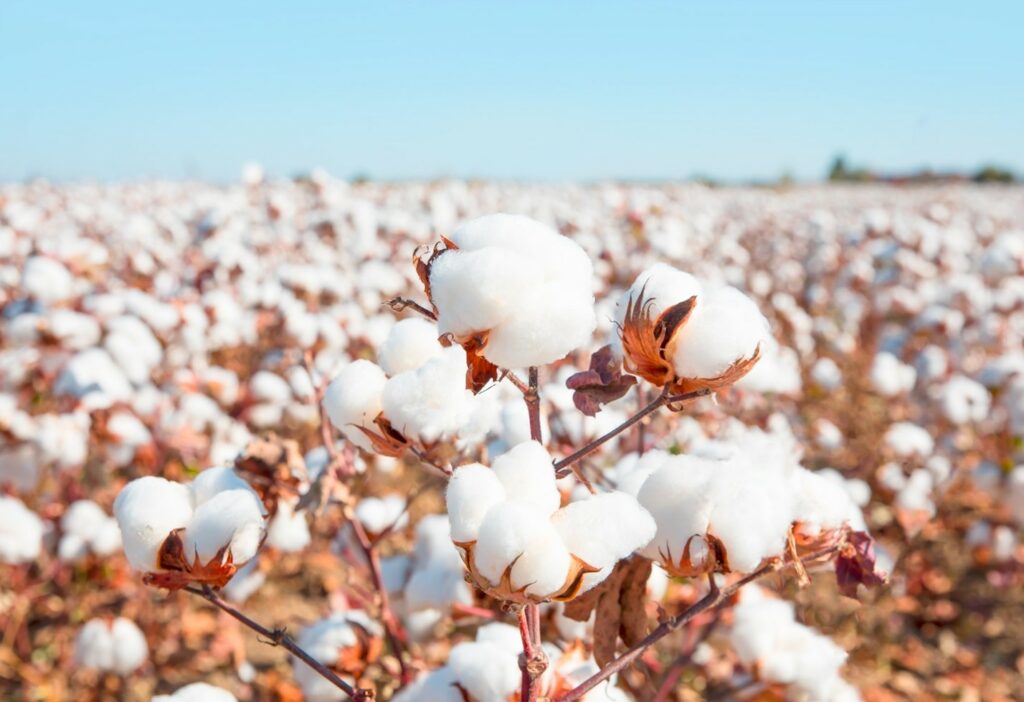
July 6, 2021
brief explanation of the thermal mechanisms influencing the quality of athletic wear.
Clothing can be thought of as our second skin. It provides us with a thermal barrier that shields us from the grueling winds and blowing snow that accompanies cold Northern winters. In warmer climates, clothing serves a different function as it aims to reduce our exposure to harmful UV rays emitted by the sun. This type of radiation has been linked to causing some serious health issues, especially if the exposure continues without protection for an extended period. Clothing can be very unique because it acts as a canvas used by designers to express their emotions, creativity, and style. However, clothing is more than just what meets the eye. Designers also need to consider various factors that extend beyond the visual appeal of an article of clothing (such as cold winds or a strong sun) when selecting a material or fabric to make a garment out of. Protection from hazards, extreme environmental conditions, chemicals, and hygienic concerns are all important factors to consider during fabric selection. In terms of athletic wear, thermal protection and regulation are an extremely important property of the material a garment is made of that can have a major effect on the athlete’s temperature-regulating abilities and overall performance.
A significant amount of time and money has been poured into research that focuses on determining the best fabric to enhance an athlete’s performance by providing them with optimal thermal regulation. This ability to provide comfort to an athlete is even more crucial for individuals that compete at an extremely high level where the stakes for winning are even bigger. One example of where the thermal regulation abilities of clothing could have proven detrimental at a high-level sporting event was at the women’s 100m final sprint at the 1992 Summer Olympics in Barcelona. This particular race would soon become known as one of the closest finishes in Olympic history. The female athletes who competed gave all they had into this mad dash, resulting in a difference between 1st and 5th place finish times of less than 1/10th of a second. Nail-biting finishes such as the one experienced by these sprinters are a prime example of what motivates athletes to search out a competitive edge that will help them maximize their potential and perform to the very best of their physical ability. When the difference between winning a gold medal or leaving empty-handed is shorter than when it takes you to read a single letter written on a blank page, even the smallest advantage, such as wearing higher performance clothing, can have a massive influence on the results. Close finishes like this leave us to wonder just how big of an advantage can be attributed to the type of material an article of clothing is made of and how much that small benefit will impact an individual’s athletic abilities.

Figure 1: Athletes getting ready to compete at a track event.
Technically speaking, clothing can be viewed as a multi-porous, multi-phased material system that usually presents itself in multiple layers of thin fibers woven together in a unique pattern. Our bodies act as an internal heat source that forms a temperature gradient between us and our environment. What makes this gradient so unique when it is compared to other temperature gradients is that it experiences huge fluctuations due to the frequent and sporadic weather changes exhibited by our surrounding environment. Clothing provides us with a layer (or multiple layers) of protection that diminishes this temperature gradient effect and helps keep our bodies at a state of equilibrium by maintaining our internal body temperature. The property of clothing that undoubtedly plays the biggest role in helping our bodies maintain a steady temperature is the thermal effusivity of the clothing’s material.

Figure 2: Weather similar to that experienced during Canadian winters.
Thermal effusivity combines the mechanical processes that influence a material’s heat capacity (how willing a material is to lose heat) with thermal diffusivity (how quickly this material gives away heat) and directly relates to the touch and feel of a material. Thermal effusivity is the mechanism that explains why metal feels colder to touch than wood even when both of these materials are exposed to the same stable temperature environment. The heat transfer that is occurring between the skin and the metal is happening much faster than the heat transfer occurring between the skin and the wood, which makes the metal appear colder to the touch than the wood. Thermal effusivity has a square root proportional to the density, thermal conductivity, and specific heat capacity of a material. The relationship between these thermal properties explains why materials with high thermal conductivity will also exhibit a high thermal effusivity.
Materials that exhibit a high thermal effusivity are frequently selected for designing athletic-wear due to their ability to transfer heat away from the wearer to the surrounding environment, preventing overheating. The heat transfer rate through clothing is affected by various factors, including the type of fiber the garment is made of, its yarn type, and the thickness of the material. Scientists have been considering all these variables as they are determined to find the most effective material for thermal regulation. Researchers have performed numerous studies analyzing how these materials respond to thermal stress and how this stress could influence the thermal effusivity of a material. These studies have shown that natural fibers, such as cotton or wool, are better at absorbing moisture than synthetic fibers such as polyester. When we work out and exert a substantial amount of physical energy, we begin to sweat. This perspiration will start to evaporate when exposed to air, which will generate a cooling sensation and help lower body temperature. The dry fibers of most clothing materials often contain pockets of air between their strands, which naturally gives them lower thermal effusivity values. This low thermal effusivity is reflective of the low thermal conductivity of air. When these fabrics are exposed to moisture (sweat), the water molecules will replace the air pockets and increase the materials’ thermal effusivity. This increase will cause a spike in heat transfer, which can be attributed to the high thermal conductivity that water possesses compared to air. The thermoreceptors present on our skin are quick to sense this temperature decrease, and our body temperatures will lower due to this cooling effect. Although a material’s ability to absorb water may seem ideal due to this increase in thermal effusivity, it can also impact the comfort and breath ability of a material, which is one of the key selling points for most active wear on the market.

Figure 3: Cotton plants.
Staying cool is a top priority for athletes due to the impact thermal stress can have on performance both psychologically and physically. Designing clothing made of materials with a high thermal effusivity is just one method used by designers to enhance an athlete’s overall performance. Several scientific studies have shown that cotton clothing is superior to polyester clothing in terms of providing less thermal insulation and thus more breathability than due to cotton’s increased ability to absorb moisture. Experiments have also indicated that individuals wearing polyester fibers in hot environments tend to have a higher body temperature, sweat more, and experience a greater level of discomfort than those wearing cotton or wool. When selecting a material for athletic clothing, as indicated by these experiments, a general rule of thumb is to choose a fiber that is approximately 95% cotton and 5% polyester. Other materials such as nylon, wool, and spandex all displayed underwhelming thermal regulation properties; however, clothing made of 100% recycled polyester performed the worst with regards to keeping the athletes cool and comfortable.
Based on scientific studies, there seems to be an endless number of variables to consider and incorporate into the design of athletic wear, including the thermal effusivity of the material the article of clothing is made of. This thermal property gives a fabric that cool touch sensation and can improve an athlete’s comfort and performance levels. Beyond thermal effusivity, a clothing’s material should also be air permeable to enhance cooling through convection and effective at absorbing and releasing moisture caused by perspiration. Athletes dedicate a substantial amount of energy and focus to achieve their goals, so clothing designers should be pushed to follow suit and put an equal effort into delivering these athletics with the best clothing possible. The effect thermal effusivity has on the feeling of clothing against our skin is undoubtedly linked to our overall comfort level and should not be overlooked for the design and enhancement of any piece of activewear.
Author: Kallista Wilson | Junior Technical Writer
10 Insanely, Incredibly Close Olympic Finishes. (n.d.). Wired. Retrieved January 24, 2021, from https://www.wired.com/2012/07/10-incredibly-close-olympic-finishes/
Clothing | National Collaborating Centre for Environmental Health | NCCEH – CCSNE. (n.d.). Retrieved January 21, 2021, from https://ncceh.ca/content/clothing
Pan, N. (2019). Unique Thermal Properties of Clothing Materials. Global Challenges, 3(7), 1800082. https://doi.org/10.1002/gch2.201800082
Sokolowski, Susan. (2020, September 1). The best athletic wear for staying cool in hot weather. Fast Company. https://www.fastcompany.com/90545487/the-best-athletic-wear-for-staying-cool-in-hot-weather
Van der Tempel, L. (2019). The effective temperature at which fingertips sense thermal effusivity and the bias of measurements at room temperature. Measurement, 135, 747–752. https://doi.org/10.1016/j.measurement.2018.11.053